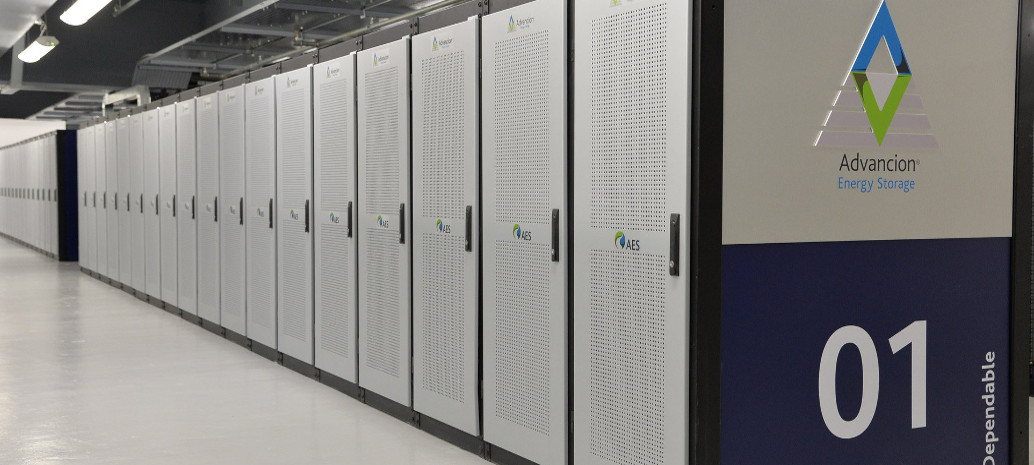San Diego Gas & Electric Company (SDG&E) is going big into energy storage. In late January the world’s largest battery system was put online it in its service area, a 30 megawatt (MW)/120 megawatt-hour system (MWh) in Escondido. But SDG&E was not finished. Yesterday the utility signed contracts to for another 40 MW battery, a 30 MW battery system, and three projects totaling 13.5 MW.
SDG&E says these systems will complete its obligations under targets set by state regulators in response to AB 2514, which mandated the deployment of energy storage by the state’s largest utilities. The five systems are expected to come online between December 2019 and the end of 2021.
All five of the new battery systems which SDG&E has contracted use lithium-ion technology, and all four will have four-hour ratings. The 40 MW/160 MWh system will be installed by AES, which commissioned what is currently the world’s largest system in Escondido, and the 30 MW/120 MWh system will be built in Miramar by Renewable Energy Systems Americas.
SDG&E will own and operate these first two large systems. The final three storage projects will be owned by third parties and located in Escondido, Poway and San Juan Capistrano.
In addition to the five battery systems, SDG&E has signed a contract for a 4.5 MW demand-response system. All six contracts now go to the California Public Utilities Commission for approval.
Popular content
According to an SDG&E press statement, the purpose of the six systems is to help incorporate more solar and wind into the grid by storing power at times of high renewable energy output and releasing it when output is low. “These projects will add more flexibility to the system and help us to ensure reliability while providing greater levels of clean energy to all of our local communities,” stated Emily Shults, SDG&E’s VP of energy procurement.
It is not an accident that SDG&E is incorporating storage, as the utility is at the forefront of renewable energy deployment – even for California. SDG&E was already getting 35% of its electricity from renewable energy in 2015, and with the resources it has under contract will reach 45% in 2020. And while that top-line figure does not disaggregate the amounts of wind, solar, biomass and other resources, this is still the highest portion of California’s three large investor-owned utilities and well ahead of the state’s mandate.
If SDG&E is going to continue leading the nation, then the current record deployments of energy storage are only a small fraction of what it will need. A 2016 paper by the U.S. Department of Energy’s National Renewable Energy Laboratories (NREL) found that even in a situation of high system flexibility and low-cost solar nearly 15 GW of additional energy storage will be needed in California for the state to meet 50% of its electricity needs with solar PV. It is notable that this scenario includes relatively high levels of curtailment.
As of 2016 California was already getting 13% of its electricity from solar – easily the highest portion in the nation. And while the state’s grid operator is predicting high levels of curtailment this spring, it is not clear that the high levels of system flexibility that are needed for optimal integration of renewable energy have yet been achieved. As one significant challenge, the California Independent System Operator (CAISO) continues to import electricity even during periods of systemwide curtailment of solar.
This content is protected by copyright and may not be reused. If you want to cooperate with us and would like to reuse some of our content, please contact: editors@pv-magazine.com.


1 comment
By submitting this form you agree to pv magazine using your data for the purposes of publishing your comment.
Your personal data will only be disclosed or otherwise transmitted to third parties for the purposes of spam filtering or if this is necessary for technical maintenance of the website. Any other transfer to third parties will not take place unless this is justified on the basis of applicable data protection regulations or if pv magazine is legally obliged to do so.
You may revoke this consent at any time with effect for the future, in which case your personal data will be deleted immediately. Otherwise, your data will be deleted if pv magazine has processed your request or the purpose of data storage is fulfilled.
Further information on data privacy can be found in our Data Protection Policy.